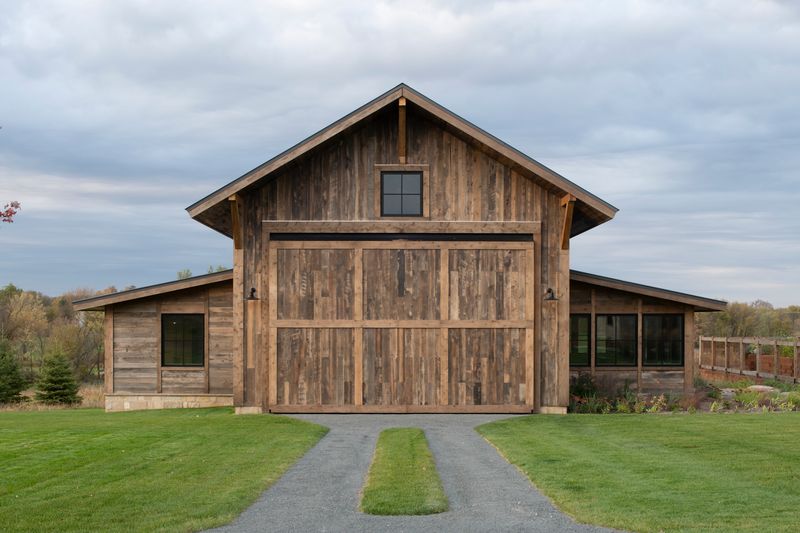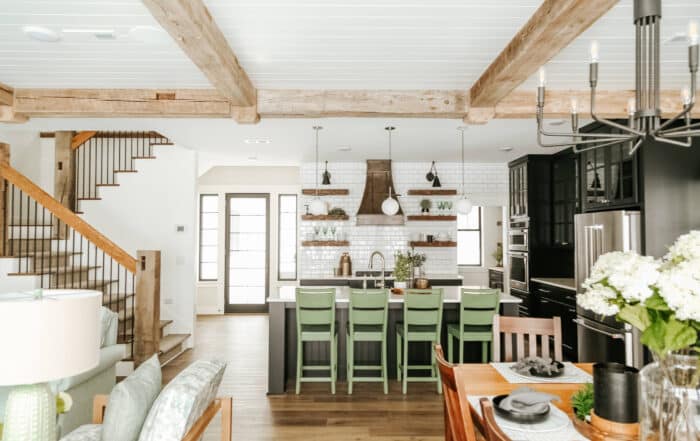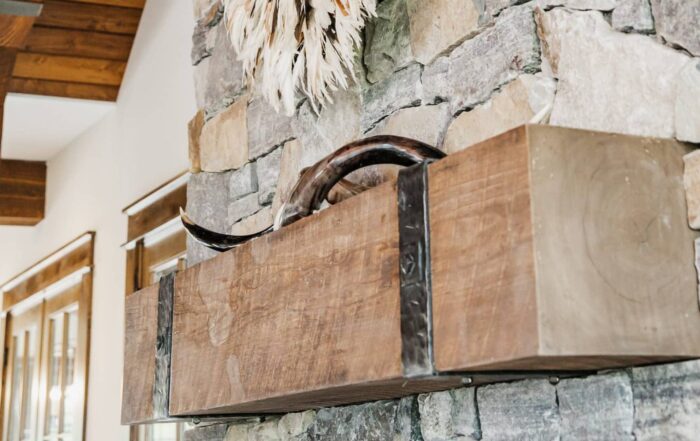How Reclaimed Wood is Made: From Barn to Beautiful
Have you ever thought about how reclaimed wood is made? Reclaimed wood is becoming more and more popular, giving homeowners, contractors, and builders a way to add history, quality, and sustainability to modern designs. In this post, we’ll explain what reclaimed wood is, where it comes from, why it’s known for its quality, and how companies like Manomin Resawn Timbers carefully reclaim it in

By mrtimbers | Updated August 15, 2024
Have you ever thought about how reclaimed wood is made? Reclaimed wood is becoming more and more popular, giving homeowners, contractors, and builders a way to add history, quality, and sustainability to modern designs.
In this post, we'll explain what reclaimed wood is, where it comes from, why it's known for its quality, and how companies like Manomin Resawn Timbers carefully reclaim it in five stages.
What is Reclaimed Wood?
Reclaimed wood is timber salvaged from old buildings and repurposed. Unlike new lumber, it has a unique charm from its past uses, coming from places like barns, factories, and homes, each with its own story. This wood is popular for its distinct grains, colors, and textures that can't be found in new wood.
Reclaimed wood is a great option for those who appreciate the beauty of imperfections. It adds character to spaces, whether used for flooring, furniture, or accent walls. Plus, using reclaimed wood is eco-friendly, as it helps reduce the need for new timber and gives old materials a new life.
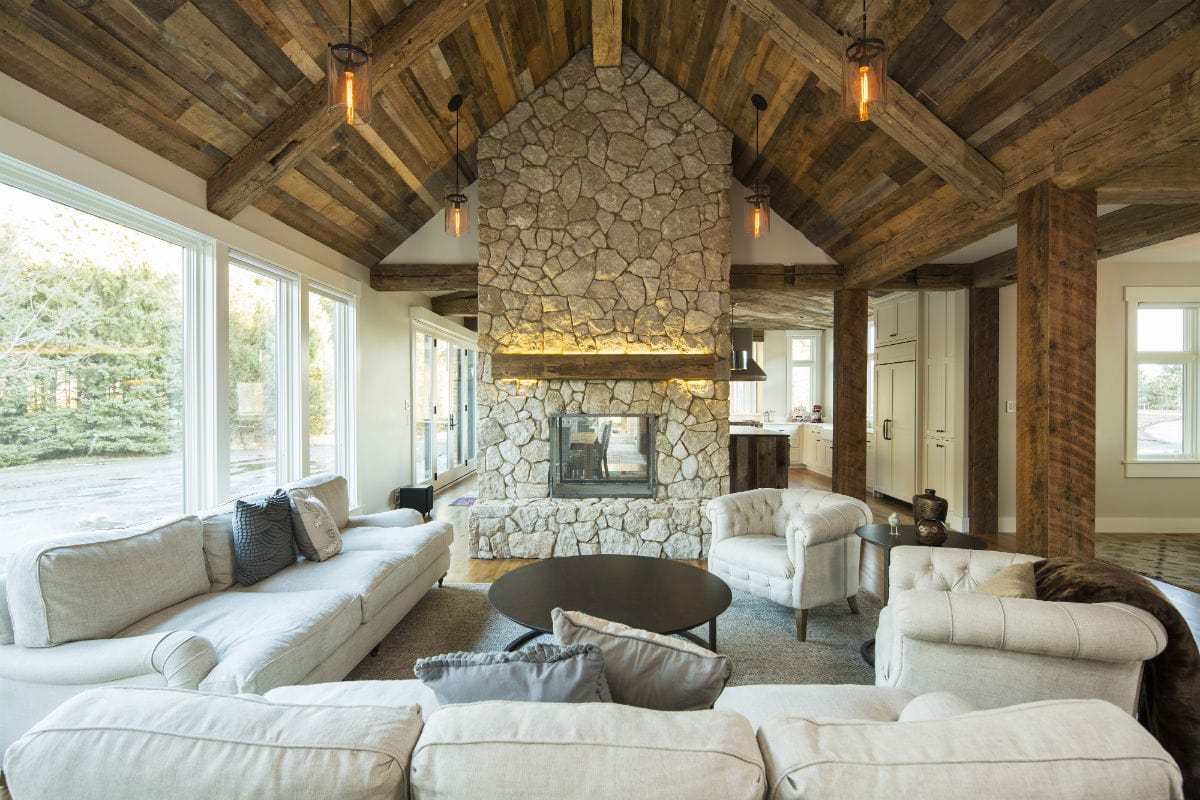
Origins of Reclaimed Wood
Reclaimed wood often comes from buildings built in the 18th and 19th centuries, like old barns, factories, and warehouses that are no longer in use. These structures were made from timber from old-growth forests, making the wood dense and durable compared to today's fast-growing lumber.
Salvaging wood from these buildings requires careful work to keep each piece intact. The wood often has a rich history, showing signs of wear and tear that tell stories of its past. For example, barn wood might have weathered surfaces and nail holes, while factory wood may show signs of years of industrial use.
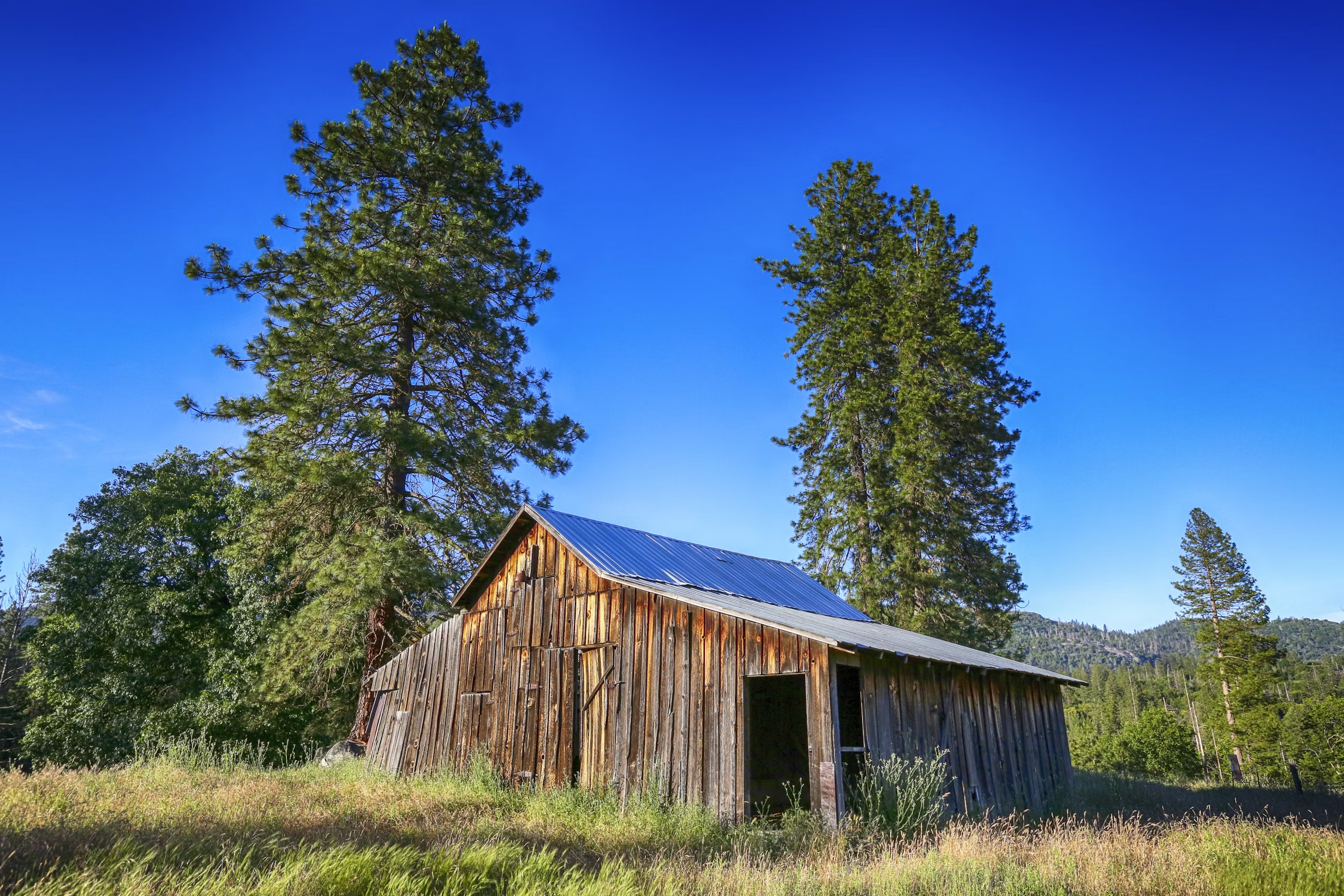
Why Reclaimed Wood is Higher Quality
Reclaimed wood is known for its quality. Most of it comes from old-growth timber, which is stronger and denser than the new-growth wood used today.
Old-growth trees grow slowly over many years, leading to tight grain patterns that make reclaimed wood more durable and less likely to warp or split. Since reclaimed wood has already proven its strength over time, it can last for many more years if processed correctly.
Manomin's 5-Stage Reclaiming Process
De-nailing and Cleaning
The first step in reclaiming wood is to remove nails and clean it well. After taking the wood from its original structure, it goes through a careful process to get rid of nails, screws, and other metal items. This is important for the wood's safety and quality.
Once the nails are removed, the wood is cleaned to get rid of years of dirt and grime. This cleaning helps show the wood's natural beauty, which may have been hidden under dust and wear. Finally, the wood is checked for rot and insects to make sure it meets quality standards.
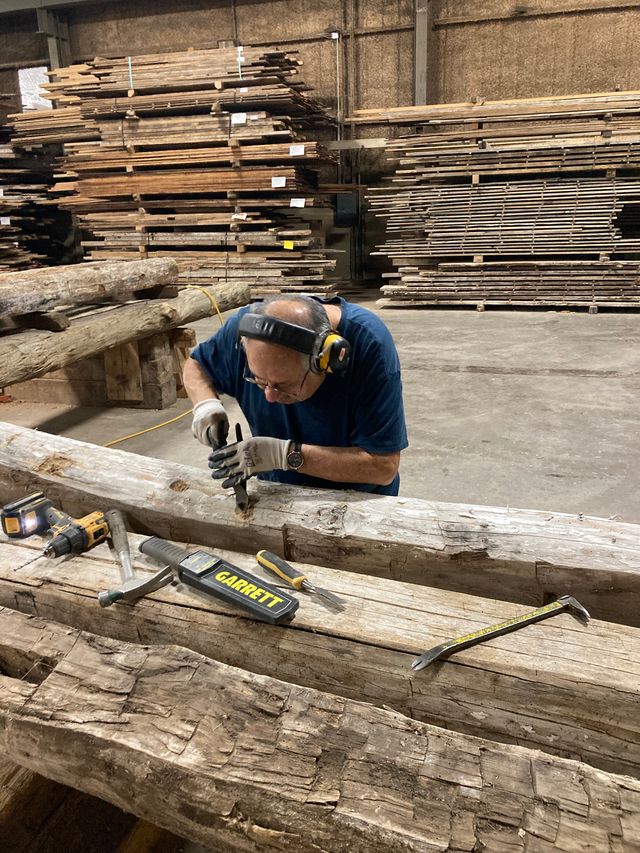
Kiln Drying
Kiln drying is an important part of reclaiming wood. It removes moisture, which helps prevent problems like warping, cracking, and bacterial growth. This process makes the wood more durable and ready for further use.
During kiln drying, the wood is put in a controlled environment where heat helps to remove moisture. This step is key for keeping the wood stable and usable in the long run. Properly dried wood is less likely to shrink or expand, making it suitable for many applications.
Milling
Once the wood is dried, it goes to milling. Milling shapes the rough timber into usable planks and beams for your home or project. This step involves cutting the wood to specific sizes and fixing any remaining flaws.
Milling makes sure each piece of wood is the same size and shape, which makes it easier to work with and install. It also allows for adjustments, like trimming rough edges or removing damaged parts. The result is a smooth finish that shows off the wood’s natural beauty.
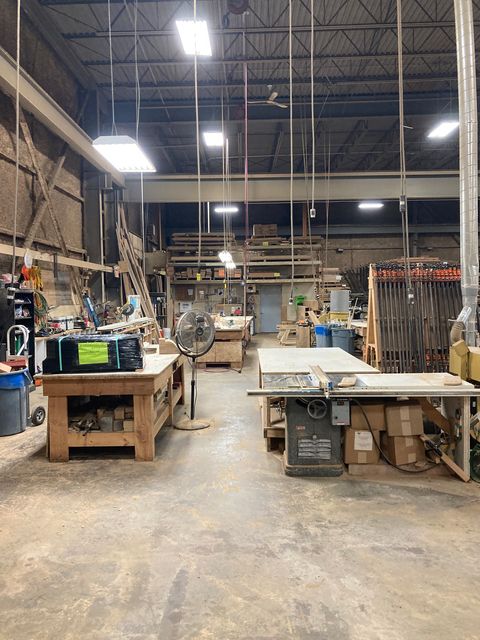
Finishing
The last step in the reclaiming process is finishing. This involves sanding, staining, and sealing the wood to keep it safe from damage. Finishing brings out the wood's natural beauty and unique patterns.
Sanding smooths any rough spots and gets the wood ready for staining. Staining adds color and highlights the wood's features. Finally, sealing protects the wood from moisture and dirt, helping it last for many years.
Quality Control
During the reclaiming process, quality control is really important. Each piece of wood is checked at every step to make sure it meets good standards for quality and durability. This careful attention ensures that only the best-reclaimed wood goes into your project. Additional Benefits of Reclaimed Wood
Quality control also means making sure the wood has no defects like rot, insects, or structural damage. By keeping strict quality standards, companies like Manomin Timber ensure their reclaimed wood products are both attractive and reliable.
Environmental Sustainability
One of the main benefits of using reclaimed wood is that it's good for the environment. By reusing old wood, we lower the need for new timber and help protect our forests. This approach reduces waste and encourages the responsible use of natural resources.
Unique Aesthetic Appeal
Reclaimed wood has a unique look that new wood can't match. Its different textures and colors bring character to any space. Whether used for flooring, furniture, or accent walls, reclaimed wood creates a cozy and welcoming feel.
Historical Significance
Every piece of reclaimed wood has a story, bringing a sense of history to your project. Using wood from old barns, factories, or homes helps you connect to the past and keeps the memory of these structures alive. This adds extra meaning and value to your creations.
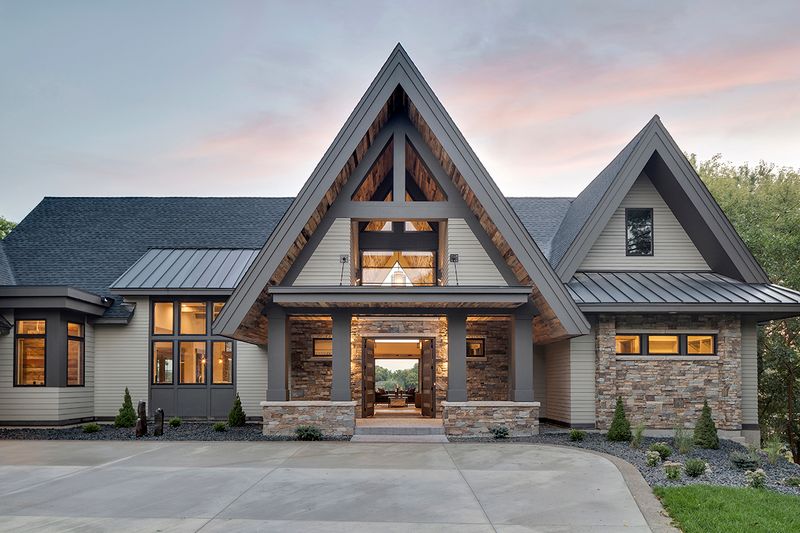
Conclusion
Reclaimed wood is more than just a building material; it connects us to the past and promotes sustainability. By understanding how reclaimed wood is made and processed, homeowners, contractors, and builders can make informed choices for their projects.
Explore the potential of reclaimed wood and join others who appreciate its beauty. If you're ready to start your project, reach out to Manomin Timber to see how we can assist you. Begin your journey with reclaimed wood today and create something special.
5 Powerful Reclaimed Wood Stair Design Ideas
When it comes to stair design ideas, reclaimed wood offers a timeless way to combine function and beauty. A beautifully built staircase not only provides a connection between levels, but it can become a centerpiece that sets the tone for an entire home.
Reclaimed Wood Fireplace Mantels With Huge Design Impact
A fireplace mantel is more than just a shelf above the fire. It is the visual anchor of a room, the feature that commands attention and frames the heart of the home.
Because the mantel is such a strong focal point, it […]
